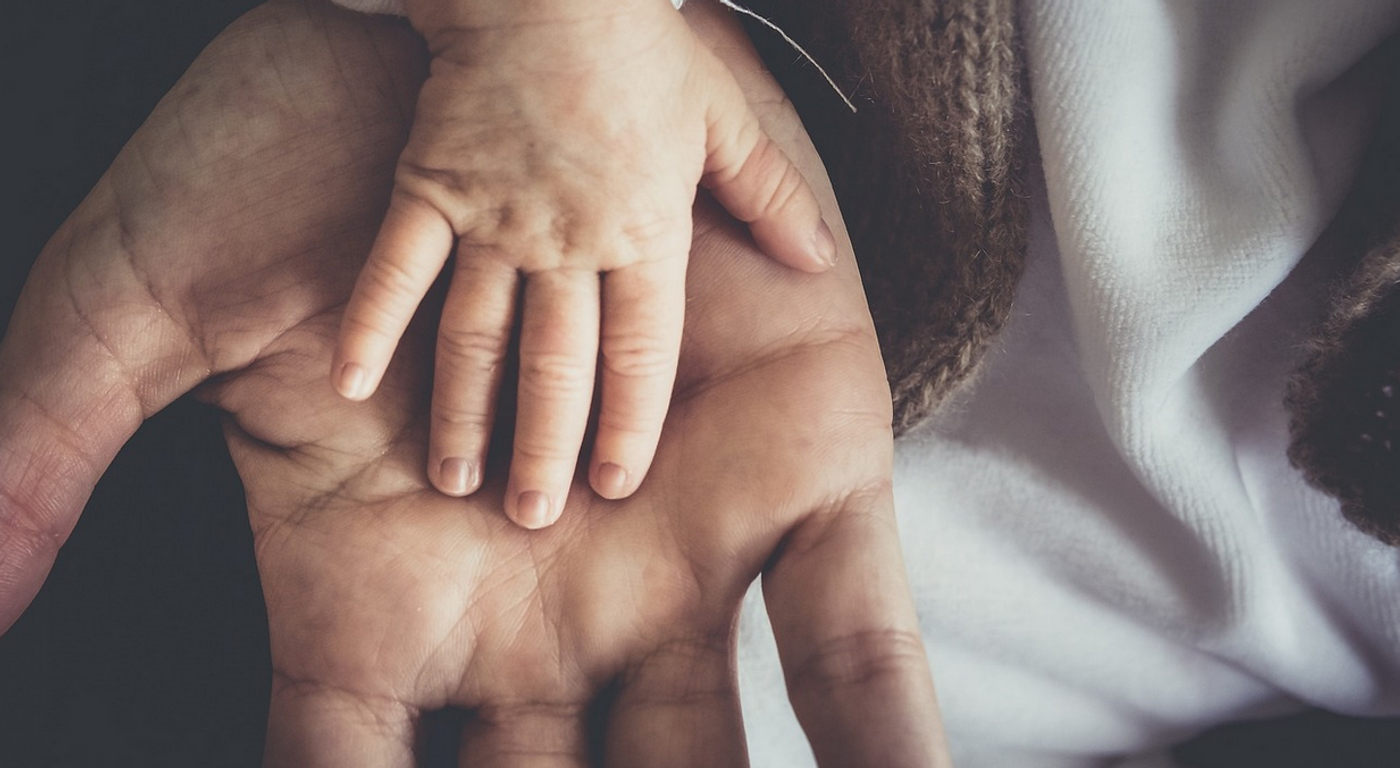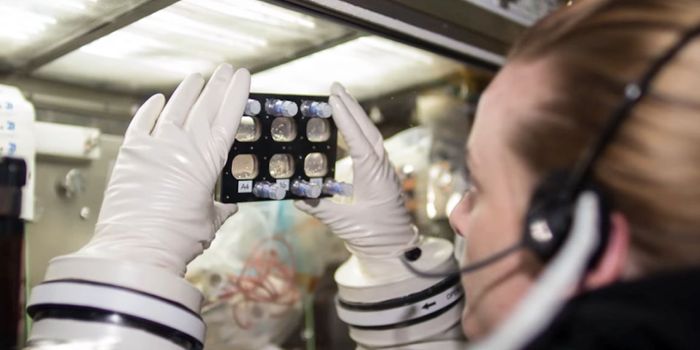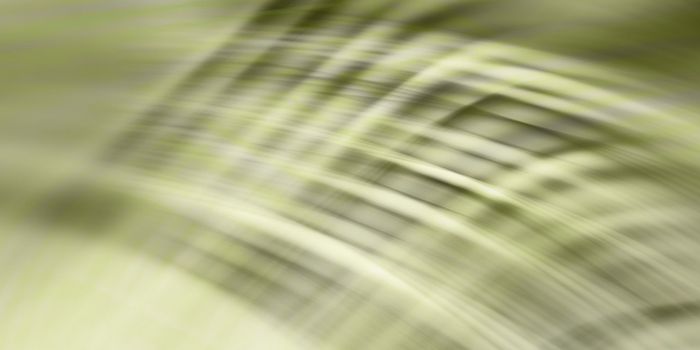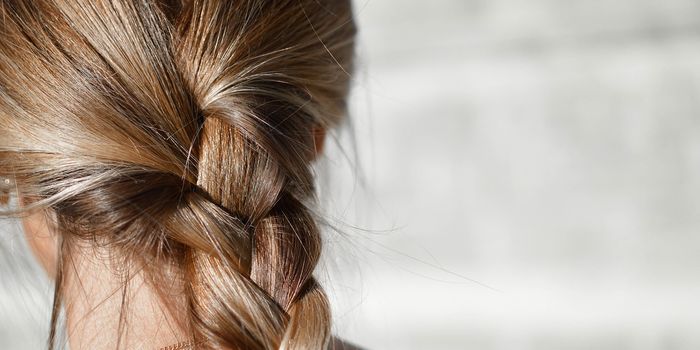Understanding Why Older Fathers Pass Down More Mutations to Offspring
As we age, the cells we carry in our bodies can pick up new mutations. Research has indicated that in many species, humans included, older fathers pass down more novel mutations to their offspring compared to younger fathers. Scientists have now used a fruit fly model to delve into the mechanisms that may be underlying this observation. The findings have been reported in Nature Ecology & Evolution.
Sperm is made from germline cells in a process known as spermatogenesis. In both young and old fruit flies, mutations are commonly found in the testes, but older flies carry far more mutations. In younger flies, the mutations seem to be repaired during spermatogenesis by normal DNA repair mechanisms. In older flies, however, those repair mechanisms are not working, and the mutations don't get fixed.
The study aimed to determine whether mutation repair was less efficient in old germline cells, or if older germline cells start out with more mutations, said the first study author, Ewan Witt, PhD. "Our results indicate that it's actually both. At every stage of spermatogenesis, there are more mutations per RNA molecule in older flies than in younger flies."
Testes have the highest rate of gene expression of any organ, so DNA repair processes are working overtime in those cells. There is also a counterintuitive process occurring in which genes that are expressed more tend to have fewer mutations, while genes that are expressed at low levels have more mutations. This may be happening because the testes are working out which mutations are problematic so they can be eliminated. In older sperm, however, this process breaks down.
The researchers performed single-cell sequencing on the testes of about 150 young fruit flies (2 days old), and around 150 old flies (25 days old), to reveal whether mutations were inherited from parents - somatic mutations, or if they arose in the germline of an individual fly - de novo mutations. This showed that each mutation was indeed do novo, and was not present in the inherited cells; other somatic cells did not carry the mutation.
By assessing mutations in RNA with single-cell sequencing and then comparing those sequences to the genome, the researchers could identify the cell types the mutations appeared in. Mutational load in cell types can be followed throughout the course of spermatogenesis, said Witt.
The researchers want to know more about DNA repair mechanisms in flies of different ages, and the pathways that are converging on that repair. Witt wonders what genes are causing the changes in mutation repair in young and old flies.
The work also remains to be confirmed in humans, though fruit flies have been a reliable model for basic biological research for decades.









